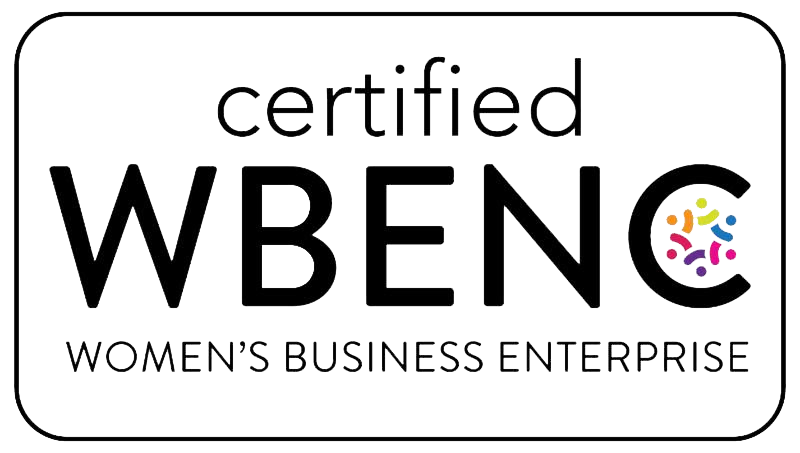That’s how one employee described the impact of a recent inclusion training delivered through a citywide initiative. The training wasn’t flashy. It didn’t include celebrity speakers or over-produced videos. But it was intentional, relatable, and, most importantly, grounded in real workplace dynamics.
At MYCA, we design training to do more than check a compliance box. We help build belonging by design, through experiences that shift how people think, listen, and lead.
Here’s how thoughtful training can reshape team culture and build respectful, high-performing workplaces.
Training Sets the Tone for Respect
Whether you’re onboarding a new employee or realigning a long-tenured team, training is one of the few times everyone pauses to focus on shared values.
When done well, inclusion training:- Builds awareness of unconscious bias and exclusionary behaviors
- Models inclusive communication strategies
- Encourages empathy and cultural humility
- Reinforces your organization’s values and code of conduct
But here’s the key: it must be designed with care, not copied from a generic template.
eLearning + Live Facilitation: Better Together
We’ve seen the best results when training combines self-paced eLearning and live facilitation.
eLearning:
- Provides foundational knowledge (bias, microaggressions, protected categories, etc.)
- Ensures accessibility across locations, shifts, and learning preferences
- Allows learners to pause, reflect, and rewatch challenging concepts
Live Facilitation:
- Creates space for open dialogue and questions
- Builds trust across teams through shared discussion
- Reinforces learning through real-world scenarios and roleplay
Together, these formats help learners not only know what respect looks like, but practice it.
Real Examples, Real Impact
In one city government we worked with, an anti-harassment and inclusion program was rolled out to thousands of municipal employees. What made it successful?
- Courses were tailored to the context of frontline departments (public safety, parks, admin, etc.)
- Facilitated workshops helped supervisors model respectful leadership
- Role-based scenarios reflected real challenges, not theoretical ones
Result: improved employee engagement scores, fewer EEO complaints, and higher retention in key departments.
In the corporate sector, one energy company implemented a blended inclusion program that included:
- Self-paced foundational modules
- Team-based follow-up discussion guides
- Monthly microlearning refreshers
Why Belonging Matters
Belonging isn’t a buzzword, it’s a proven driver of engagement and retention.
When employees feel seen, heard, and safe:
- They’re more likely to contribute ideas
- They stay longer
- They trust leadership and peers
- They bring their full selves to work
And that translates into stronger teams, better performance, and less burnout.
Training That Works
To build belonging, your training should be:
- Relatable – using real workplace situations, not legal jargon
- Interactive – offering opportunities for discussion and reflection
- Ongoing – reinforced over time, not a once-a-year event
- Inclusive by design – accessible to all, 508-compliant, and culturally responsive


